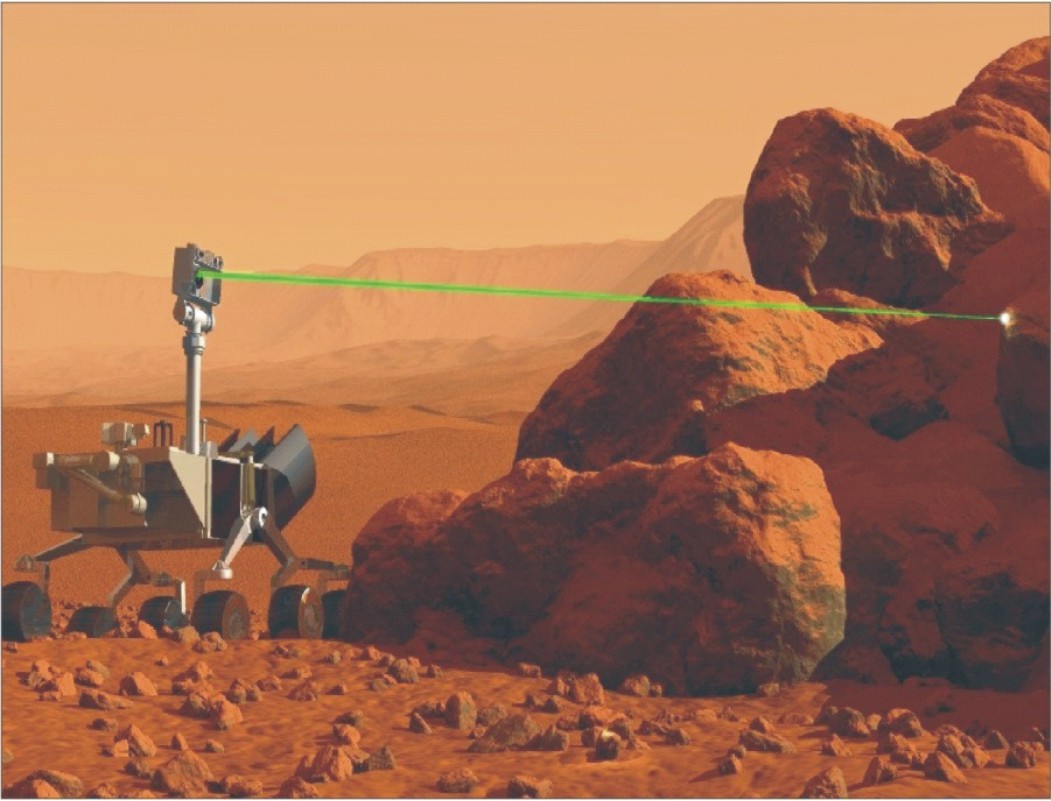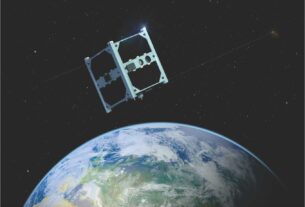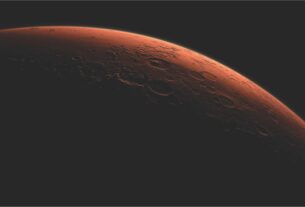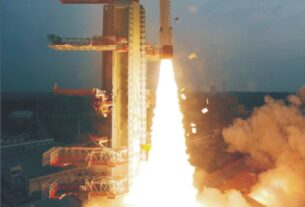Probing journey
In what has been considered a major boost to the Indian planetary exploration programme, the Government of India has approved the Indian mission to the Red Planet Mars expected to cost more than US$80-million to the exchequer.
India’s Space Commission had okayed the Mars Mission in December 2011. Against this backdrop, Indian Space Research Organisation (ISRO) is now preparing for the launch of an orbiter mission to Mars in November 2013, one of the three upcoming windows available for ‘earth to transit to Mars’.
If ISRO fails to launch Mars mission next year as planned, other launch opportunities available are in 2016 and 2018. However, ISRO seems to be keen on getting its Mars probe off the ground before the end of next year.
“We are ready for 2013 mission. There are window of opportunities to leave earth’s orbit if we have to reach Mars. We can not wait till 2016 but ready for 2013 mission to Mars,” said K Radhakrishnan, Chairman, ISRO.
It would take around nine months for the probe to reach Red Planet. ISRO has already initiated the process of finalizing the scientific payloads going into the Mars probe, scientific payloads have already been short-listed by ISRO’s Advisory Committee for Space Sciences (ADCOS) review committee.
The payload on-board the Indian Mars mission is expected to weigh around 25-kg and as many as nine scientific instruments are expected to constitute the payload configuration of the Indian Mars mission.
Early preparations
The ISRO Satellite Centre (ISAC) in Bangalore, which is the lead agency for the development of Mars probe, has already completed the baseline, solar array and reflector configuration of the Mars spacecraft.
As envisaged now, Indian Mars mission is considered another major Indian step towards achieving ‘deeper forays into space with sophisticated missions,’ in the year ahead. Of course, Indian Mars mission will not feature a landing system.
One of the scientific instruments forming a part of the payload composition of the probe to Mars would be a sophisticated imaging system to study the topography of the planet as well as events such as dust storms on a real time basis.
The overall scientific objectives of the Indian Mars mission will focus on life, climate, geology, origin, evolution and sustainability of life on the planet. According to P S Veeraraghavan, Director of the Thiruvananthapuram based Vikram Sarabhai Space Centre (VSSC), the largest Indian space establishment under ISRO,
“Following the mission to Mars, we are also working on flights to Venus and asteroid.” ISRO considers planetary missions as a logical outcome of India’s quest to sustain its leadership position in space.
However, there is a feeling that ISRO’s current thrust on high profile planetary missions makes for the dilution of the original philosophy of the Indian space programme. Way back in 1960s, Dr Vikram A Sarabahi, the architect of the Indian space programme had noted.
“There are some who question the relevance of space activities in a developing nation. To us, there is no ambiguity of purpose. We do not have the fantasy of competing with the economically advanced nations in the exploration of the moon or the planet or the manned spaceflight.”
“But we are convinced that if we are to play a meaningful role nationally and in the comity of nations, we must be second to none in the application of advanced technologies to the real problems of man and society”.
For the argument is that India which missed the industrial revolution bus should not lag behind the race to space industrialization centring round the exploration and exploitation of planetary resources.
But former ISRO chief G Madhvan Nair is of view that the Indian Mars mission is by no means a “big challenge”. For he drives home the point that it carries only a very small payload with not very big scientific objectives.
Nair noted that the Mars mission is not as complex as Chandrayaan-1 probe launched in 2008. As Nair observed, India’s space workhorse the four stages PSLV has proven a number of times that it can put satellite into elliptical orbit and if you are in right direction then the probe will go round the Mars.
“There is not much sophistication involved in Mars mission where as moon mission was complex” said Nair.
The Indian Mars orbiter which will be launched by means of the reliable and highly successful Indian space workhorse PSLV (Polar Satellite Launch Vehicle) from Satish Dhawan Space Centre (SDSC) in Sriharikota island on India’s eastern coast will enter into a 500×80,000 km orbit around the red planet by September 2014.
As it is, it is planned to use an augmented version of PSLV named PSLV-XL for delivering the Indian spacecraft into orbit Incidentally, PSLV-XL was also deployed for launching India’s Chandrayaan-1 mission. The 320-tonne four stage PSLV-XL feature larger strap on boosters to realize a higher payload lift capability.
According to ISRO sources, the Indian Mars probe is derived from the Chandrayaan-1 heritage and takes into account the lessons learnt from the maiden Indian lunar mission.
However, in comparison to Chandrayaan-1 probe, the Indian Mars spacecraft will incorporate an improved propulsion system and enhanced power generation capability. This improvement is essential in view of the long distance the Mars probe is required to traverse before it reaches the Red planet.
According to the Indian Department of Space (DOS), “Indian initiative will demonstrate our capability to reach the Martian atmosphere. It will bring strategic advantages to India in the international decision making process on matters related to Mars.”
To what extent the Indian Mars probe will enhance human understanding of the Red planet, only time will tell. But a section of researchers hold the view that the Indian Mars probe would not be in a position to make path-breaking contribution to the study of Mars.
Space race
Incidentally, India will be the sixth space faring nation to launch a scientific spacecraft to orbit round the Mars after US, Russia, Europe, Japan and China. Since 1960 there have been more than 40 missions to Mars with half of them being successful.
The first Chinese mission to Mars called Yinghuo-1 failed last year alongside the Russian Phobos Grunt mission. Yinghuo-1 was China’s first interplanetary orbiter that was designed to study Mars from orbit in conjunction with Russia’s Phobos Grunt.
Space analysts believe that India, which lags far behind China in the area of manned space exploration, is looking at stealing a march over its neighbour in the exploration of Mars. They are of view that an Asian space race to probe Mars could very well be a distinct possibility.
Looking into the future, the experience gained through the Mars mission would enable ISRO take up far more complex and really challenging planetary probes to help position India as a leading space faring nation with a vibrant frontier technology base.
As it is, the former Indian President and well known space scientist Dr A P J Abdul Kalam had not long back suggested that India should take up a project to realize a manned space mission to Mars.
For according to Dr Kalam, “earth-moon and Mars complex” is where man’s habitat should extend by 2050. Dr Kalam points out that the reach of mankind to other planets is crucial to the survival of the human civilization.
According to Robert Zubrin of the Mars Society man should go to Mars for the future. “If we go to Mars, we are beginning humanity’s career as a multi-planet, space-faring species. If we do this, 500 years from now, there will be new branches of human civilization on Mars and I believe on many worlds beyond,” said Zubrin.
The successful and flawless landing of the plutonium powered, one tonne mobile lander Curiosity on Mars pulled off by the Jet Propulsion Laboratory (JPL) of the National Aeronautics and Space Administration (NASA) in August this year has been considered a major leap ahead in unravelling many of the mysteries of the Red Planet.
The largest ever rover ever sent to Mars, Curiosity has opened a new chapter in the history of interplanetary exploration. In particular, Curiosity will look for carbon based molecules and other evidence that early Mars had conditions friendly for life.
According to the former ISRO chief Dr K Kasturirangan, it is a step forward in exploring life outside the earth and probably important to look for signature in other environment which for the first time quantify the potential of life elsewhere in the universe.
Gathering evidence in support of possibility of life having existed on Mars has been the objectives of many of the probes sent to Mars.
After the successful accomplishment of the Chandrayaan-1 orbiter mission, the Mars probe would be the next major technology build up exercise for ISRO keen on accelerating India’s forays into deeper space.
According to Amitabh Ghosh, a scientist associated with the Mars Exploration Rover Mission of NASA, ISRO would need to take care of a number of the finer aspects of the entire mission to prepare the probe for its long space journey towards its destination Mars.





